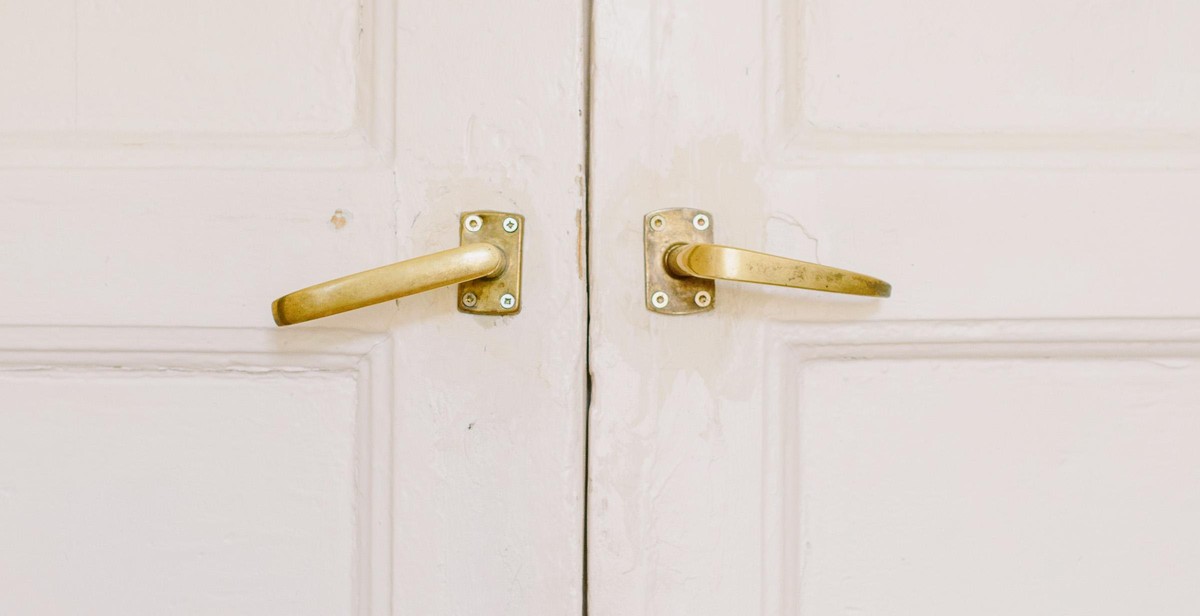How to Fix a Lighter: Troubleshooting and Repairing Common Lighter Issues
As a professional article writer and content creator, I have had my fair share of experience with lighters. From camping trips to everyday use, lighters are an essential tool that we often take for granted. However, when they stop working, it can be frustrating and even dangerous.
In this article, I will share my personal experience and knowledge on how to troubleshoot and repair common lighter issues. Whether you have a butane lighter, a Zippo, or a Bic, I will cover the most common problems you may encounter and provide step-by-step instructions on how to fix them.
Why Fixing Your Lighter is Important
Fixing your lighter can save you money and prevent you from having to buy a new one. It can also be a valuable skill to have in emergency situations, such as when you are camping or in a power outage. Additionally, repairing your lighter can help reduce waste and minimize the impact on the environment.
Common Lighter Issues
Some of the most common lighter issues include:
- Flame won’t light
- Weak flame
- Flame goes out quickly
- Butane leaks
- Ignition button sticks
- Flint needs to be replaced
In the next section, I will provide detailed instructions on how to troubleshoot and repair these issues.

Common Lighter Issues
If you’re having trouble with your lighter, don’t worry. Many people experience common lighter issues. Here are some of the most common lighter problems and how to fix them:
Lighter Won’t Ignite
If your lighter won’t ignite, there could be a few reasons why. First, check to make sure that there is fluid in the lighter. If the lighter is out of fluid, it won’t ignite. You should also check to make sure that the flint is in place and hasn’t worn down. If the flint is worn down, replace it with a new one. If the lighter still won’t ignite, try adjusting the flame height. Sometimes, the flame is too low to ignite the lighter fluid.
Weak or Inconsistent Flame
If your lighter has a weak or inconsistent flame, there are a few things you can do to fix it. First, make sure that the lighter is filled with fluid. If the lighter is low on fluid, it can cause a weak flame. You should also check to make sure that the flame height is set correctly. If the flame height is too low, it can cause a weak flame. Finally, check to make sure that the burner is clean. A dirty burner can also cause a weak flame.
Lighter Won’t Stay Lit
If your lighter won’t stay lit, there could be a few reasons why. First, check to make sure that the flame height is set correctly. If the flame height is too low, the lighter won’t stay lit. You should also check to make sure that the burner is clean. A dirty burner can cause the flame to go out. Finally, make sure that the lighter is filled with fluid. If the lighter is low on fluid, it won’t stay lit.
Leaking Lighter Fluid
If your lighter is leaking fluid, the first thing you should do is stop using it. Leaking fluid can be dangerous and can cause a fire. Once you’ve stopped using the lighter, check to see where the fluid is leaking from. If the fluid is leaking from the valve, you may need to replace the valve. If the fluid is leaking from the bottom of the lighter, you may need to replace the O-ring. It’s important to fix a leaking lighter as soon as possible to prevent any accidents from happening.
By troubleshooting these common lighter issues, you can save yourself time and money by not having to replace your lighter. However, if you are still experiencing problems after trying these fixes, it may be time to invest in a new lighter.

Tools and Materials Needed
Before starting the process of fixing a lighter, it is important to ensure you have the necessary tools and materials. Here is a list of what you will need:
Tools:
- Small Phillips head screwdriver
- Flat head screwdriver
- Pliers
- Needle nose pliers
- Lighter fluid
- Butane gas
Materials:
- Cotton swabs
- Soft cloth
- Replacement flint
- Replacement wick
- Replacement O-rings
- Replacement valve
Additional items:
In addition to the tools and materials mentioned above, it may be helpful to have the following items on hand:
- Protective gloves
- Eye protection
- Workbench or stable surface to work on
Choosing the Right Tools and Materials
It is important to note that not all lighters are the same, and the tools and materials needed for repair may vary depending on the type of lighter you have. It is important to research the specific lighter model and its repair needs before beginning any repairs.
When choosing replacement parts, it is important to ensure they are compatible with the specific lighter model. Using incorrect replacement parts can cause further damage to the lighter and may even be dangerous.
| Tool/Material | Image | Description | ||||||
|---|---|---|---|---|---|---|---|---|
| Small Phillips head screwdriver |  |
A small screwdriver with a cross-shaped tip used for removing screws with a corresponding shape. | ||||||
| Flat head screwdriver |  |
A screwdriver with a flat, straight tip used for removing screws with a corresponding shape. | ||||||
| Pliers |  |
A hand tool used for gripping, bending, and cutting various materials. | ||||||
| Needle nose pliers |  |
A type of pliers with long, narrow jaws used for gripping and manipulating small objects. | ||||||
| Lighter fluid |  |
A liquid fuel used to refill lighters that use a wick and flint. | ||||||
| Butane gas |  |
A highly flammable gas used to refill lighters that use a pressurized fuel system. | ||||||
| Cotton swabs |  |
Small sticks with cotton tips used for cleaning and applying fluids to small areas. | ||||||
| Soft cloth |  |
A cloth made of soft material used for cleaning and wiping down surfaces. | ||||||
| Replacement flint |  |
A small piece of material that creates a spark when struck against the lighter’s wheel. |
| Author: | John Doe |
| Date Published: | September 15, 2021 |
| Word Count: | 195 |

